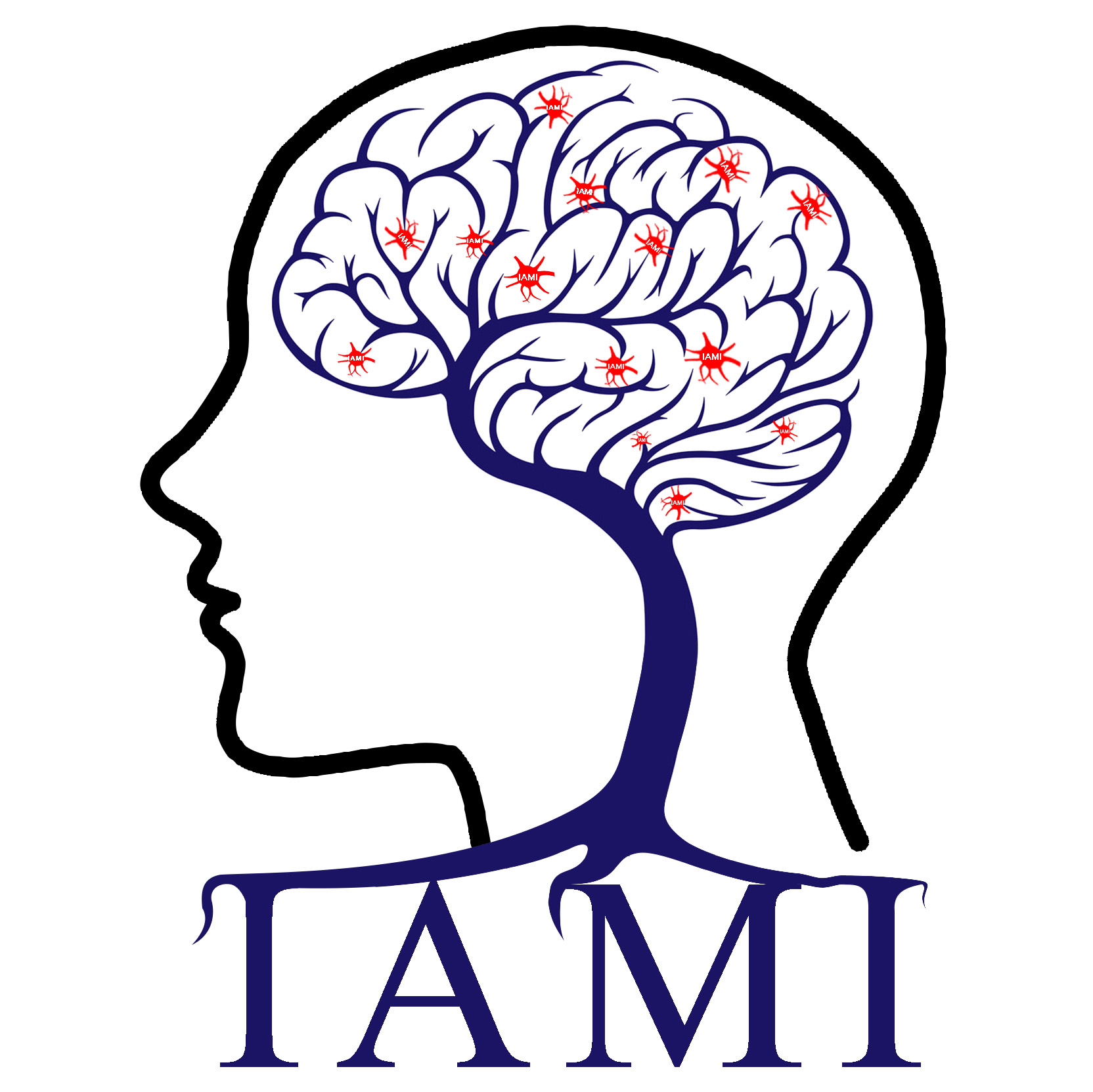
Yuhui Du Personal Website-Intelligent Analysis of Medical Image
Address:Taiyuan, China
Mohammad Sadegh Eslampanah Sendi, Elaheh Zendehrouh, Zening Fu, Jingyu Liu, Yuhui Du, Elizabeth Mormino, David Salat, Vince Calhoun*, and Robyn L Miller. Disrupted dynamic functional network connectivity among cognitive control networks in the progression of Alzheimer’s disease. Brain connectivity, 2021.
时间:2021-08-07 10:47:50 来源: 点击:[843]
Abstract
Background: Alzheimer's disease (AD) is the most common age-related dementia that promotes a decline in memory, thinking, and social skills. The initial stages of dementia can be associated with mild symptoms, and symptom progression to a more severe state is heterogeneous across patients. Recent work has demonstrated the potential for functional network mapping to assist in the prediction of symptomatic progression. However, this work has primarily used static functional connectivity (sFC) from resting-state functional magnetic resonance imaging. Recently, dynamic functional connectivity (dFC) has been recognized as a powerful advance in functional connectivity methodology to differentiate brain network dynamics between healthy and diseased populations.
Methods: Group independent component analysis was applied to extract 17 components within the cognitive control network (CCN) from 1385 individuals across varying stages of AD symptomology. We estimated dFC among 17 components within the CCN, followed by clustering the dFCs into 3 recurring brain states, and then estimated a hidden Markov model and the occupancy rate for each subject. Then, we investigated the link between CCN dFC features and AD progression. Also, we investigated the link between sFC and AD progression and compared its results with dFC results.
Results: Progression of AD symptoms was associated with increases in connectivity within the middle frontal gyrus. Also, the very mild AD (vmAD) showed less connectivity within the inferior parietal lobule (in both sFC and dFC) and between this region and the rest of CCN (in dFC analysis). Also, we found that within-middle frontal gyrus connectivity increases with AD progression in both sFC and dFC results. Finally, comparing with vmAD, we found that the normal brain spends significantly more time in a state with lower within-middle frontal gyrus connectivity and higher connectivity between the hippocampus and the rest of CCN, highlighting the importance of assessing the dynamics of brain connectivity in this disease.
Conclusion: Our results suggest that AD progress not only alters the CCN connectivity strength but also changes the temporal properties in this brain network. This suggests the temporal and spatial pattern of CCN as a biomarker that differentiates different stages of AD. Impact statement By assuming that functional connectivity is static over time, many previous studies have ignored the brain dynamics in Alzheimer's disease (AD) progression. Here, longitudinal resting-state functional magnetic resonance imaging data are used to explore the temporal changes of functional connectivity in the cognitive control network in AD progression. The result of this study would increase our understanding of the underlying mechanisms of AD and help in finding future treatment of this neurological disorder.

 Current location:
Current location: